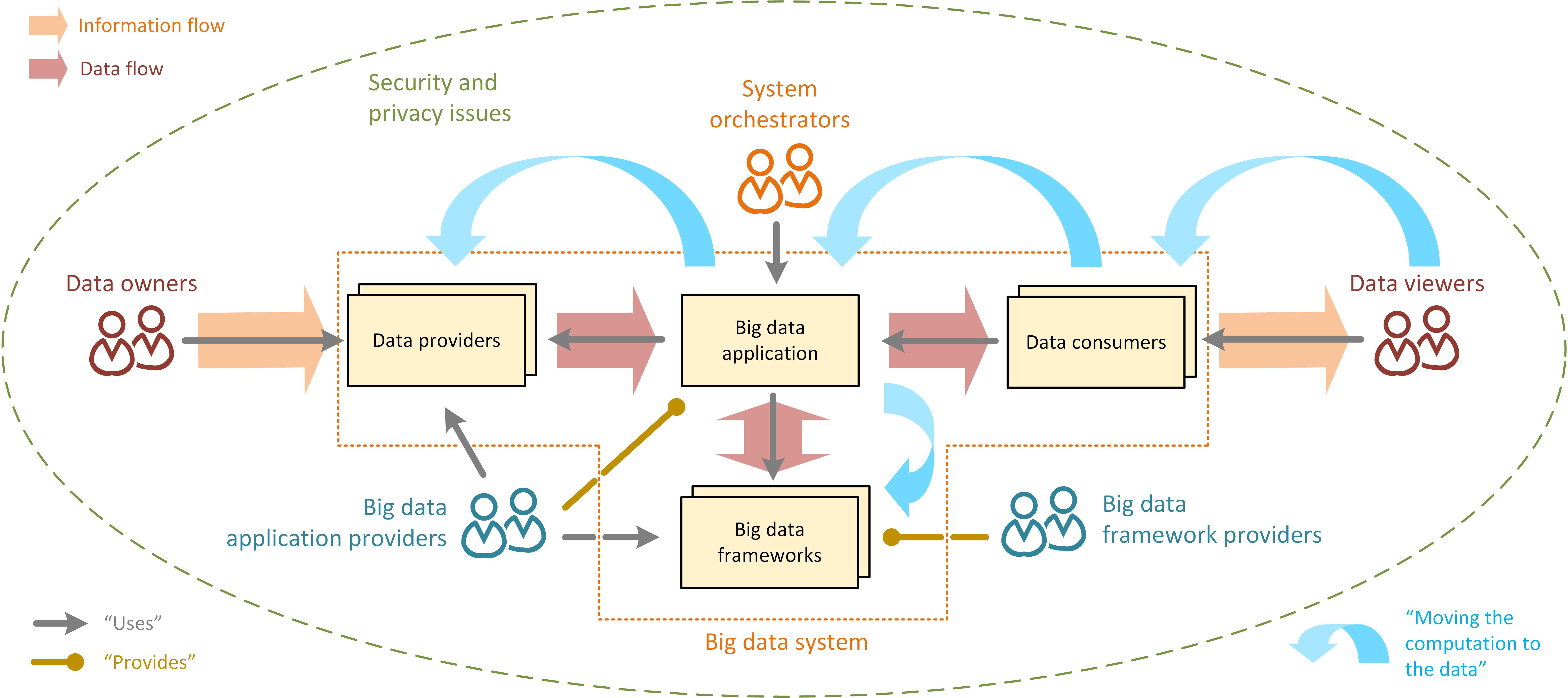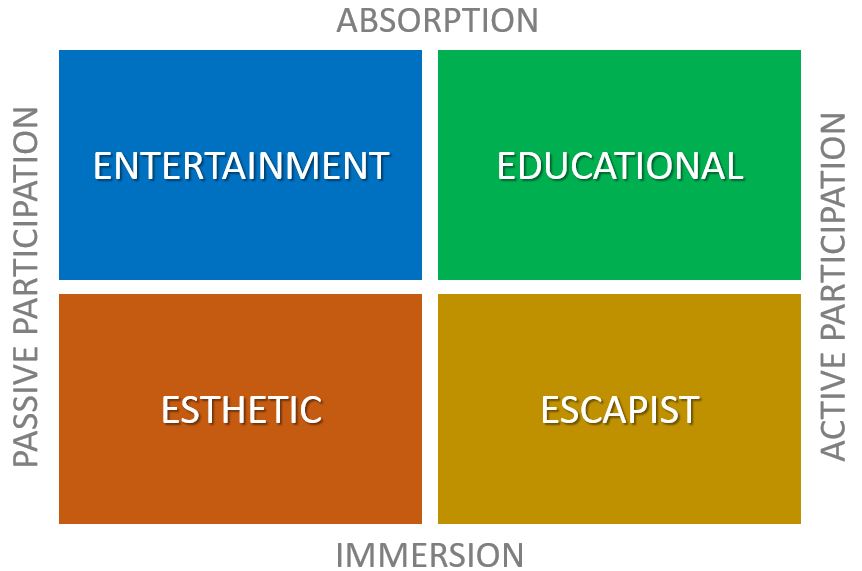|
Commerce Server
Commerce Server was a software product for building multichannel e-commerce applications and systems using .NET Framework technology. The product has changed ownership and names several times. Previously known as Microsoft Commerce Server, it was at the end of the product lifecycle developed, sold, and supported by Sitecore for building multichannel e-commerce applications. It was replaced in 2021 witSitecore Commerce Cloud The latest release of the product was Sitecore Commerce Server 11.1, released in October 2014. Ownership History The core software that formed the basis for the Commerce Server product line was developed by eShop and purchased by Microsoft in 1996. eShop’s technologies were integrated into Microsoft Merchant Server, which evolved into Microsoft Site Server in 1997,* and eventually to Microsoft Commerce Server in 2000. In 2007 Microsoft outsourced product development of Commerce Server to Cactus Commerce, which was acquired in 2011 by Ascentium. Ascentium th ... [...More Info...] [...Related Items...] OR: [Wikipedia] [Google] [Baidu] |
Sitecore
Sitecore is a customer experience management company that provides web content management system, web content management, and multichannel marketing automation software. The company was founded in 2001 in Denmark. Origins In 1998, in Copenhagen, Denmark, University of Copenhagen alumni Thomas Albert, Jakob Christensen, Peter Christensen, Ole Sas Thrane, and Michael Seifert (programmer), Michael Seifert founded Pentia A/S, a systems integration company that focused on implementing websites built on Microsoft technologies. At the time, building and managing websites required the expertise of a programmer or developer. Thrane and Christensen devised and patented a set of procedures for building and managing websites and turned their invention into a content management system product. In 2001, Sitecore was spun off as a separate business entity that initially sold content management systems in the Danish market. However, the company has grown into a global provider of customer exper ... [...More Info...] [...Related Items...] OR: [Wikipedia] [Google] [Baidu] |
Amazon Web Services
Amazon Web Services, Inc. (AWS) is a subsidiary of Amazon.com, Amazon that provides Software as a service, on-demand cloud computing computing platform, platforms and Application programming interface, APIs to individuals, companies, and governments, on a metered, pay-as-you-go basis. Clients will often use this in combination with elasticity (system resource), autoscaling (a process that allows a client to use more computing in times of high application usage, and then scale down to reduce costs when there is less traffic). These cloud computing web services provide various services related to networking, compute, storage, middleware, Internet of things, IoT and other processing capacity, as well as software tools via AWS server farms. This frees clients from managing, scaling, and patching hardware and operating systems. One of the foundational services is Amazon Elastic Compute Cloud (EC2), which allows users to have at their disposal a Virtualization, virtual Computer clus ... [...More Info...] [...Related Items...] OR: [Wikipedia] [Google] [Baidu] |
Big Data
Big data primarily refers to data sets that are too large or complex to be dealt with by traditional data processing, data-processing application software, software. Data with many entries (rows) offer greater statistical power, while data with higher complexity (more attributes or columns) may lead to a higher false discovery rate. Big data analysis challenges include Automatic identification and data capture, capturing data, Computer data storage, data storage, data analysis, search, Data sharing, sharing, Data transmission, transfer, Data visualization, visualization, Query language, querying, updating, information privacy, and data source. Big data was originally associated with three key concepts: ''volume'', ''variety'', and ''velocity''. The analysis of big data presents challenges in sampling, and thus previously allowing for only observations and sampling. Thus a fourth concept, ''veracity,'' refers to the quality or insightfulness of the data. Without sufficient investm ... [...More Info...] [...Related Items...] OR: [Wikipedia] [Google] [Baidu] |
Customer Experience
Customer experience, sometimes abbreviated to CX, is the totality of cognitive, affective, sensory, and behavioral responses of a customer during all stages of the consumption process including pre-purchase, consumption, and post-purchase stages. Different dimensions of customer experience include senses, emotions, feelings, perceptions, cognitive evaluations, involvement, memories, as well as spiritual components, and behavioral intentions. The pre-consumption anticipation experience can be described as the amount of pleasure or displeasure received from savoring future events, while the remembered experience is related to a recollection of memories about previous events and experiences of a product or service. Definitions According to Forrester Research (via ''Fast Company)'', the foundational elements of a remarkable customer experience consist of six key disciplines, beginning with strategy, customer understanding, design, measurement, governance and culture. A com ... [...More Info...] [...Related Items...] OR: [Wikipedia] [Google] [Baidu] |
Content Management
Content management (CM) are a set of processes and technologies that support the collection, managing, and publishing of information in any form or medium. When stored and accessed via computers, this information may be more specifically referred to as digital content, or simply as content. * Digital content may take the form of text (such as electronic documents), images, multimedia files (such as audio or video files), or any other file type that follows a content lifecycle requiring management. * The process of content development and management is complex enough that various commercial software vendors (large and small), such as Interwoven and Microsoft, offer content management software to control and automate significant aspects of the content lifecycle. Process Content management practices and goals vary by mission and by organizational governance structure. News organizations, e-commerce websites, and educational institutions all use content management, but in differen ... [...More Info...] [...Related Items...] OR: [Wikipedia] [Google] [Baidu] |
Visual Basic
Visual Basic is a name for a family of programming languages from Microsoft. It may refer to: * Visual Basic (.NET), the current version of Visual Basic launched in 2002 which runs on .NET * Visual Basic (classic), the original Visual Basic supported from 1991 to 2008 * Embedded Visual Basic, the classic version geared toward embedded applications * Visual Basic for Applications, an implementation of Visual Basic 6 built into programs such as Microsoft Office and used for writing macros * VBScript, an Active Scripting language based on VB6, actively maintained from 1996–2023 {{SIA ... [...More Info...] [...Related Items...] OR: [Wikipedia] [Google] [Baidu] |
Visual C++
Microsoft Visual C++ (MSVC) is a compiler for the C, C++, C++/CLI and C++/CX programming languages by Microsoft. MSVC is proprietary software; it was originally a standalone product but later became a part of Visual Studio and made available in both trialware and freeware forms. It features tools for developing and debugging C++ code, especially code written for the Windows API, DirectX and .NET. Many applications require redistributable Visual C++ runtime library packages to function correctly. These packages are frequently installed separately from the applications they support, enabling multiple applications to use the package with only a single installation. These Visual C++ redistributable and runtime packages are mostly installed for standard libraries that many applications use. [...More Info...] [...Related Items...] OR: [Wikipedia] [Google] [Baidu] |
Codebase
In software development, a codebase (or code base) is a collection of source code used to build a particular software system, application, or software component. Typically, a codebase includes only human-written source code system files; thus, a codebase usually does not include source code files generated by tools (generated files) or binary library files (object files), as they can be built from the human-written source code. However, it generally does include configuration and property files, as they are the data necessary for the build. A codebase is typically stored in a source control repository in a version control system. A source code repository is a place where large amounts of source code are kept, either publicly or privately. Source code repositories are used most basically for backups and versioning, and on multi-developer projects to handle various source code versions and to provide aid in resolving conflicts that arise from developers submitting overlapping ... [...More Info...] [...Related Items...] OR: [Wikipedia] [Google] [Baidu] |
Cloud Computing
Cloud computing is "a paradigm for enabling network access to a scalable and elastic pool of shareable physical or virtual resources with self-service provisioning and administration on-demand," according to International Organization for Standardization, ISO. Essential characteristics In 2011, the National Institute of Standards and Technology (NIST) identified five "essential characteristics" for cloud systems. Below are the exact definitions according to NIST: * On-demand self-service: "A consumer can unilaterally provision computing capabilities, such as server time and network storage, as needed automatically without requiring human interaction with each service provider." * Broad network access: "Capabilities are available over the network and accessed through standard mechanisms that promote use by heterogeneous thin or thick client platforms (e.g., mobile phones, tablets, laptops, and workstations)." * Pooling (resource management), Resource pooling: " The provider' ... [...More Info...] [...Related Items...] OR: [Wikipedia] [Google] [Baidu] |
Microsoft Azure
Microsoft Azure, or just Azure ( /ˈæʒər, ˈeɪʒər/ ''AZH-ər, AY-zhər'', UK also /ˈæzjʊər, ˈeɪzjʊər/ ''AZ-ure, AY-zure''), is the cloud computing platform developed by Microsoft. It has management, access and development of applications and services to individuals, companies, and governments through its global infrastructure. It also provides capabilities that are usually not included within other cloud platforms, including software as a service (SaaS), platform as a service (PaaS), and infrastructure as a service (IaaS). Microsoft Azure supports many programming languages, tools, and frameworks, including Microsoft-specific and third-party software and systems. Azure was first introduced at the Professional Developers Conference (PDC) in October 2008 under the codename "Project Red Dog". It was officially launched as Windows Azure in February 2010 and later renamed to Microsoft Azure on March 25, 2014. Services Microsoft Azure uses large-scale virtualizati ... [...More Info...] [...Related Items...] OR: [Wikipedia] [Google] [Baidu] |
E-commerce
E-commerce (electronic commerce) refers to commercial activities including the electronic buying or selling products and services which are conducted on online platforms or over the Internet. E-commerce draws on technologies such as mobile commerce, electronic funds transfer, supply chain management, Internet marketing, online transaction processing, electronic data interchange (EDI), inventory management systems, and automated data collection systems. E-commerce is the largest sector of the electronics industry and is in turn driven by the technological advances of the semiconductor industry. Defining e-commerce The term was coined and first employed by Robert Jacobson, Principal Consultant to the California State Assembly's Utilities & Commerce Committee, in the title and text of California's Electronic Commerce Act, carried by the late Committee Chairwoman Gwen Moore (D-L.A.) and enacted in 1984. E-commerce typically uses the web for at least a part of a transacti ... [...More Info...] [...Related Items...] OR: [Wikipedia] [Google] [Baidu] |
On-premises Software
On-premises software (abbreviated to on-prem, and often written as "on-premise") is installed and runs on computers on the premises of the person or organization using the software, rather than at a remote facility such as a server farm or cloud. On-premises software is sometimes referred to as " shrinkwrap" software, and off-premises software is commonly called "software as a service" ("SaaS") or "cloud computing". The software consists of database and modules that are combined to particularly serve the unique needs of the large organizations regarding the automation of corporate-wide business system and its functions. Comparison between on-premises and cloud (SaaS) Location On-premises software is established within the organisation's internal system along with the hardware and other infrastructure necessary for the software to function. Cloud-based software is usually served via internet and it can be accessed by users online regardless of the time and their location. Un ... [...More Info...] [...Related Items...] OR: [Wikipedia] [Google] [Baidu] |




